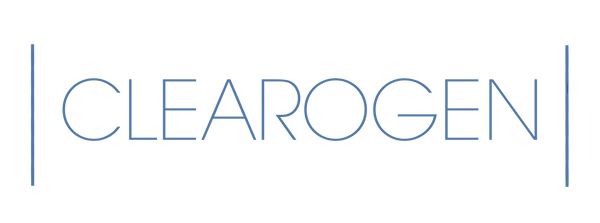Hormonal Cystic Acne
Share
It isn’t unusual for adults to experience hormonal acne at any time, during their adult years, whether they had acne in their teens or not. For many, the acne is mild and accented by mild blemishes, while others experience the most severe type of acne, hormonal cystic acne. This type of acne most often occurs in males, and it is the most severe form, with blemishes that become large and inflamed. Cysts go well beyond pimples, with lumps under the skin that are filled with fluid and which are often painful.
Like other types of acne, hormonal cystic acne results when the glands produce too much oil. Excessive DHT, the hormone which causes oil production in the skin, leads to excess oil that causes acne. Dead skin cells within the follicles cling to the oil and become trapped. This provides the ideal breeding ground for acne-causing bacteria that leads to an increase in inflammation. The contents of the follicles cause the wall of the follicle to tear, allowing the bacteria and other material to find its way inside the dermis. The depth at which the follicle wall is compromised determines the degree of seriousness of the lesion, with the deeper ones being the most severe. Infection occurs at the site of the rupture.
While full-blown hormonal cystic acne may have to be treated on a systemic level, one of the best ways to prevent the pain and scarring that cystic acne often causes is by treating any outbreaks early on and maintaining a regiment that will prevent breakouts from occurring. Only Clearogen has the DHT-fighting ingredients to reduce oil production of the glands that lead to acne in the first place. To learn more about Clearogen, call 877-30-CLEAR.
Like other types of acne, hormonal cystic acne results when the glands produce too much oil. Excessive DHT, the hormone which causes oil production in the skin, leads to excess oil that causes acne. Dead skin cells within the follicles cling to the oil and become trapped. This provides the ideal breeding ground for acne-causing bacteria that leads to an increase in inflammation. The contents of the follicles cause the wall of the follicle to tear, allowing the bacteria and other material to find its way inside the dermis. The depth at which the follicle wall is compromised determines the degree of seriousness of the lesion, with the deeper ones being the most severe. Infection occurs at the site of the rupture.
While full-blown hormonal cystic acne may have to be treated on a systemic level, one of the best ways to prevent the pain and scarring that cystic acne often causes is by treating any outbreaks early on and maintaining a regiment that will prevent breakouts from occurring. Only Clearogen has the DHT-fighting ingredients to reduce oil production of the glands that lead to acne in the first place. To learn more about Clearogen, call 877-30-CLEAR.
